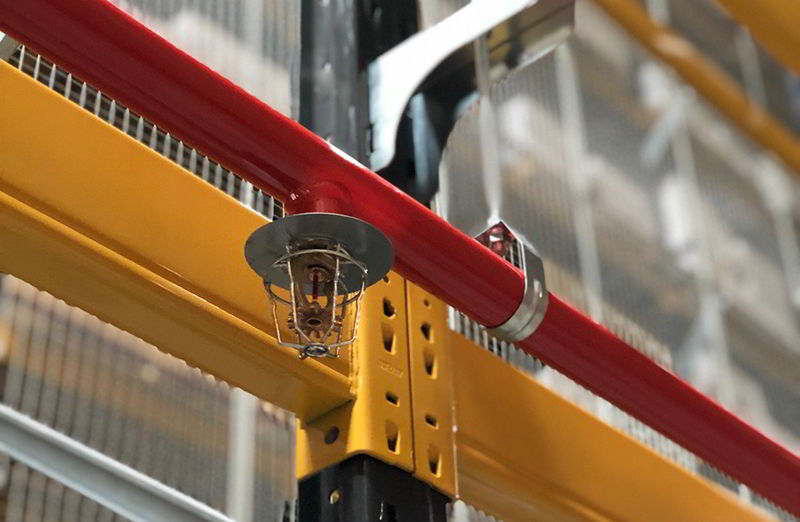Wet Sprinkler Systems
Wet sprinkler systems are the most common system and are charged with pressurised water which is released from activated sprinkler heads once a certain local temperature is reached.
Benefits: immediate water dispersal on activation.
Make an Enquiry

